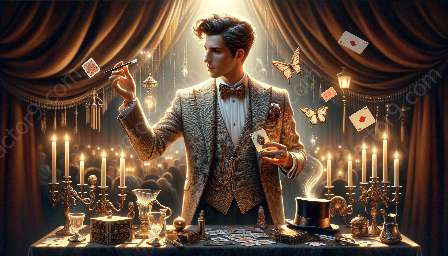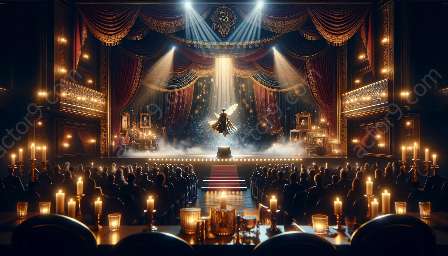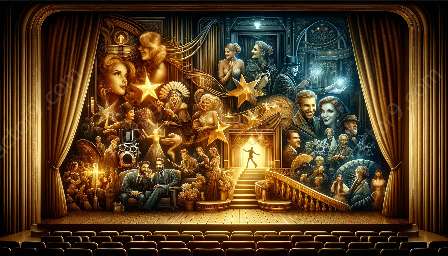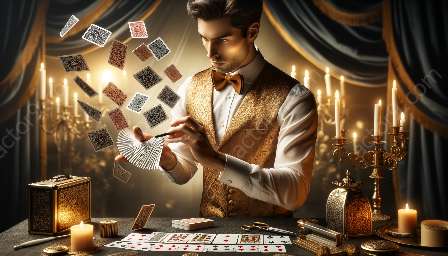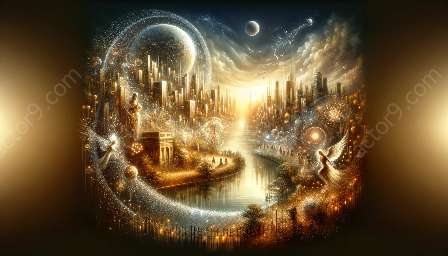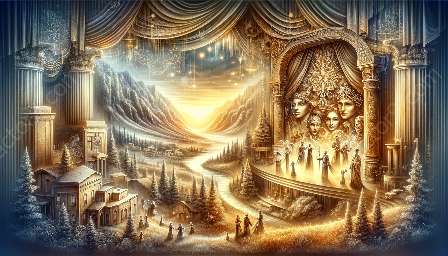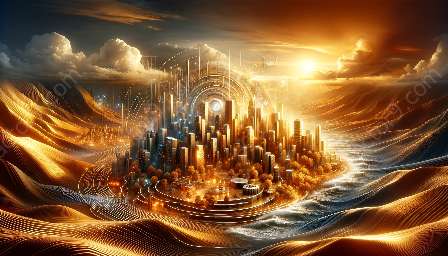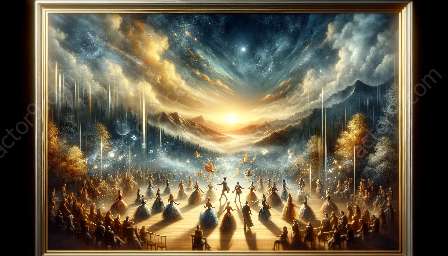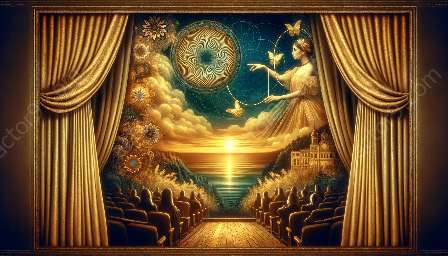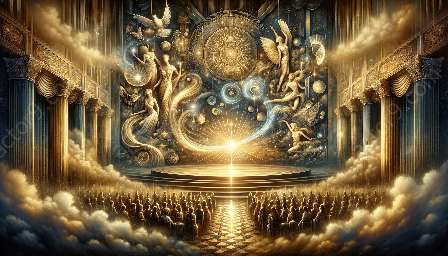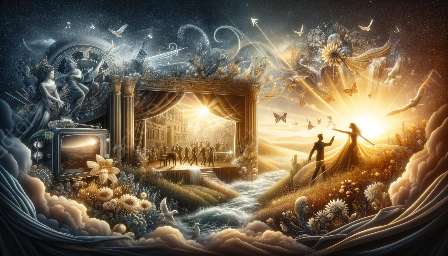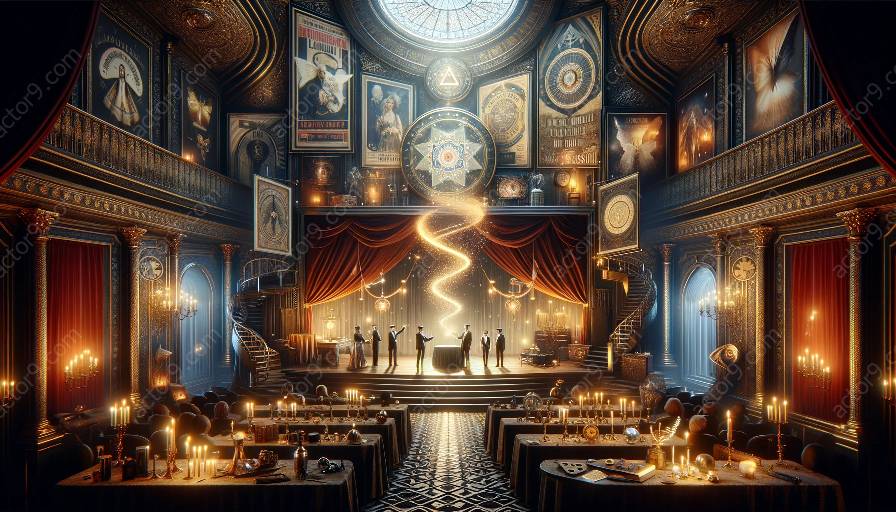In the history of theater, the incorporation of magic and illusion has played a significant role in enhancing the entertainment value and storytelling prowess of performances. This article will delve into the influence of magic and illusion in shaping the early concepts of modern theater, drawing from the rich history of magic and illusion and their impact on the development of theatrical techniques.
The History of Magic and Illusion
Magic and illusion have captivated audiences for centuries, with their origins dating back to ancient civilizations such as Egypt, Greece, and China. The art of creating illusions and performing magical feats has evolved over time, intertwining with cultural, religious, and entertainment practices. From sleight of hand tricks to grand illusions, magicians and illusionists have continually pushed the boundaries of what is possible, mesmerizing and captivating spectators with their performances.
The Influence of Magic and Illusion on Theater
As theater emerged as a form of artistic expression, the incorporation of magic and illusion became integral to captivating audiences and bringing stories to life. In the early concepts of modern theater, magic and illusion were used to create visual spectacles, evoke wonder, and add an element of surprise to live performances. The use of theatrical effects such as trap doors, optical illusions, and levitation added depth to storytelling, allowing for the portrayal of fantastical elements and enhancing the overall theatrical experience for audiences.
Magic and Illusion in Early Modern Theater
During the Renaissance and Elizabethan eras, the integration of magic and illusion in theater productions flourished. Playwrights and performers sought to astonish and entertain audiences by incorporating magical elements into their plays and performances. Notable playwrights like William Shakespeare utilized supernatural elements and illusions in works such as 'A Midsummer Night's Dream' and 'The Tempest,' demonstrating the enduring impact of magic and illusion on early modern theater.
The Evolution of Theatrical Techniques
Over time, the techniques and technologies employed in magic and illusion continued to evolve, influencing the development of stagecraft and theatrical effects. Innovations in lighting, sound, and set design further enhanced the integration of magic and illusion into modern theater, enabling performers to create immersive and captivating experiences for audiences. From the golden age of vaudeville to contemporary stage productions, magic and illusion have remained a cornerstone of theatrical entertainment, captivating and enchanting audiences across generations.
Conclusion
The role of magic and illusion in early concepts of modern theater has left an indelible mark on the evolution of theatrical performance. From ancient civilizations to the present day, the history of magic and illusion has intertwined with the development of theater, shaping storytelling, spectacle, and audience engagement. By exploring the rich heritage of magic and illusion, we gain a deeper appreciation for the enduring impact of these art forms on the world of theater.


